Most people who play volleyball are either left or right-handed. But there is a small percentage that is ambidextrous, allowing them to use both hands. When harnessed correctly, this skill can prove to be a huge advantage during a volleyball game. Basically, it allows you to become more unpredictable and very difficult to read – in other words, it makes it difficult for the other team to anticipate what you’re going to do with the ball.
Whether you are naturally ambidextrous, or eager to develop this skill set, there are a few things you should bear in mind. Even having some basic ability to control the ball with your non-dominant hand is a huge advantage. Read on to learn some of the 10 best tips ambidextrous players can use to take their game to the next level.
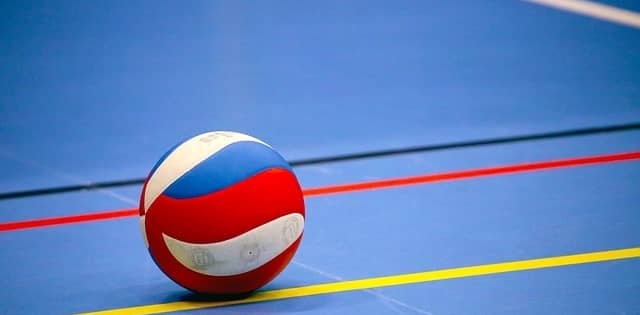
1. Start Learning as Soon as Possible
Finding someone who is naturally ambidextrous is fairly rare. It’s estimated that only about one percent of the population is ambidextrous. If you aren’t in this group, you will need to start honing your skills early.
Many coaches will encourage children to start to experiment with using both hands as they are playing volleyball. This allows them to get used to the concept. If you are trying to do this as an adult, years of conditioning to use your dominant hand can make this more difficult.
2. Focus on Technique
You might be familiar with serving correctly with your preferred hand. But you will be less comfortable using your non-dominant hand. Sometimes, you can be so focused on hitting the ball that it starts to affect your technique. Without the right stance, it will be harder to put the right amount of power behind the ball.
It can be a good idea to ask a friend or coach to watch you when serving with your dominant hand. Then, get them to compare your technique when using the non-dominant hand. Ask them to inform you of any changes.
3. Practice Hitting With Both Hands
Trying to become equally skilled with both hands can be a major challenge. The good news is that there are several drills you can explore. Here are some of the best ways that you can try:
- Serving into a bin. This is a classic. Put a bin or net on the other end of the court. Using your non-dominant hand to hit the ball, you need to launch it into the bin. This is a good way of improving your accuracy.
- Bouncing the ball off a wall. Another option is to stand a few feet from the wall. Then, try bouncing the wall of the wall as many times as you can. Only your non-dominant hand can touch the ball. This is a good way of getting used to moving quickly with that hand. It can also help you build your strength.
- Long-distance serves. Finally, you might want to find a way of improving your power. In this case, you will need to practice serving the ball with your non-dominant ball, hitting it as hard as you can. The goal is to get the maximum distance possible. Click here for 6 Basic Volleyball Hitting Skills for Beginners
4. Consult With Your Coach
These are just a small selection of the drills you can use. They should have plenty of experience working with players who are trying to learn to use both hands. Because of this, they can recommend drills that are specifically tailored to meet your needs.
If you are already ambidextrous, make sure to let the coach know. They will need to teach you both left and right-handed stances. This ensures that you don’t end up learning only the right-handed approach by default. Click here for How to Become Ambidextrous for Playing Sports

5. Build Strength in Your Non-Dominant Hand
If you aren’t naturally ambidextrous, one hand will likely be stronger than the other. This won’t affect your performance on the court, but it is still something you should be aware of. During training, do a few extra hits with the non-dominant hand to try and compensate for this.
There is another easy way that you can overcome this problem. You can take it to the boxing ring. Practicing some one-two punches is a good way of strengthening both sides of your body. Plus, it’s a good way of improving your cardio, which will come in useful on the volleyball court.
6. Get Used to Using Your Non-Dominant Hand
Your training shouldn’t just take place on the court. You will need to get used to using your non-dominant hand in your regular life. There are a few ways that you can do this:
- Switch utensil hands. You will be surprised at how difficult it will be to eat when your fork is controlled by your non-dominant hand. It will require a lot of precise, controlled movements. This can be difficult if you aren’t used to using that hand.
- Brush your teeth with your non-dominant hand. This will also require you to have plenty of control.
- Use your non-dominant hand to open a can. This isn’t testing your control. It is looking at the amount of force you can use.
There are plenty of other daily activities that you can explore. Anything that requires you to make small movements or exert a lot of physical force can be a good challenge. Try to do at least two or three each day.
7. Learn to Respond Quickly
Now that you have the skills to be an ambidextrous player, it’s time to look at how you can use this skill during a game. You must be able to respond quickly to the situation, deciding which hand to use.
There are a few drills that you can do to achieve this. Have a friend throw a small ball at you. Your role is to catch the ball. They will randomly choose which hand they are going to throw it at. This is a good way of building your reflexes until using the correct hand becomes instinctual. And learning how to throw the ball back with either hand is helpful, too. Click here for Why is Timing so Important When Playing Volleyball?
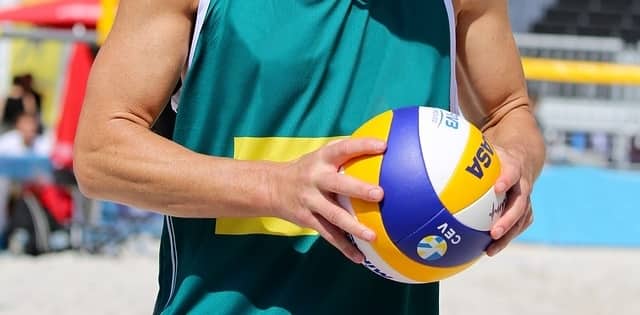
8. Commit to a Hand
While you will be able to use two hands, you still need to commit to using one. This ensures that you give yourself the right set-up, positioning your body correctly. Here are some of the things to consider when deciding which hand to use:
- Position on the court
- Target area
- Position of your body
While some players like to switch at the last second, this will often produce poor results.
9. Give it Some Time
If you aren’t naturally ambidextrous, it can take a long time to develop this skill. With consistent practice, it might take you a few months to pick up the basics, like being able to control your non-dominant hand But it won’t feel comfortable or natural. This will take a lot more training.
You might be able to pick up the basics of using your non-dominant hand within a few weeks. But it will take a few months before you are comfortable playing these shots in a tournament. Even if you are naturally ambidextrous, it can feel a little odd to practice multiple stances and learn the right time to use each hand. Click here for Can You Switch Hands While Serving a Volleyball?
10. Don’t Make it a Primary Goal
If you aren’t naturally ambidextrous, it can be tempting to try and develop this skill as quickly as possible. However, this might not be a good idea. You should spend the bulk of your training focusing on getting comfortable using one hand on the court.
During a training session, only one or two tasks should be spent on becoming equally skilled at using both hands. You don’t want to risk becoming so focused on learning how to use your non-dominant hand that you let your abilities with your dominant hand decline.
Final Thoughts
Any volleyball player can learn to be equally skilled in hitting with both hands. But if you are naturally ambidextrous, you have a huge advantage. You just need to make sure that you have the right training to bring out this skill. If you can learn how to harness it on the court, you will be a more unpredictable and versatile player.
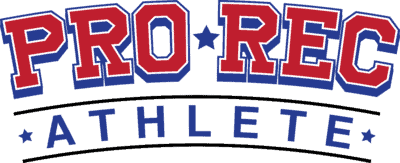
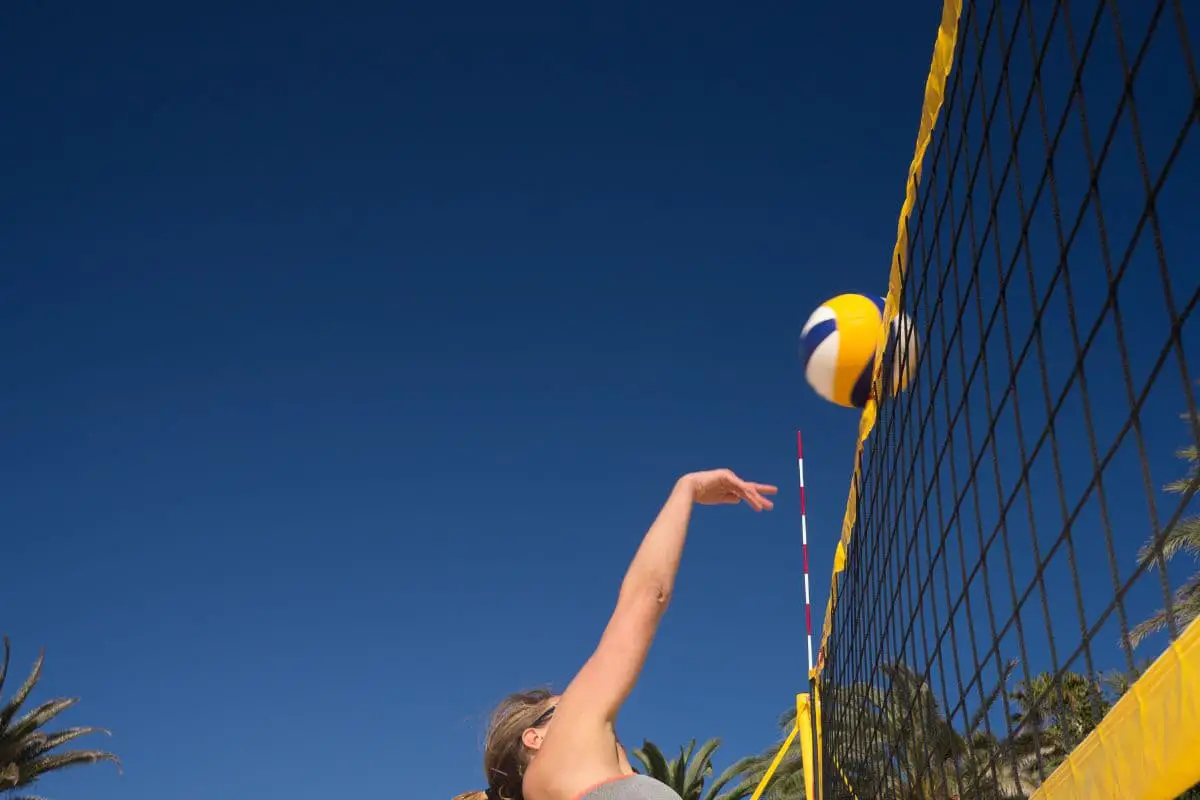
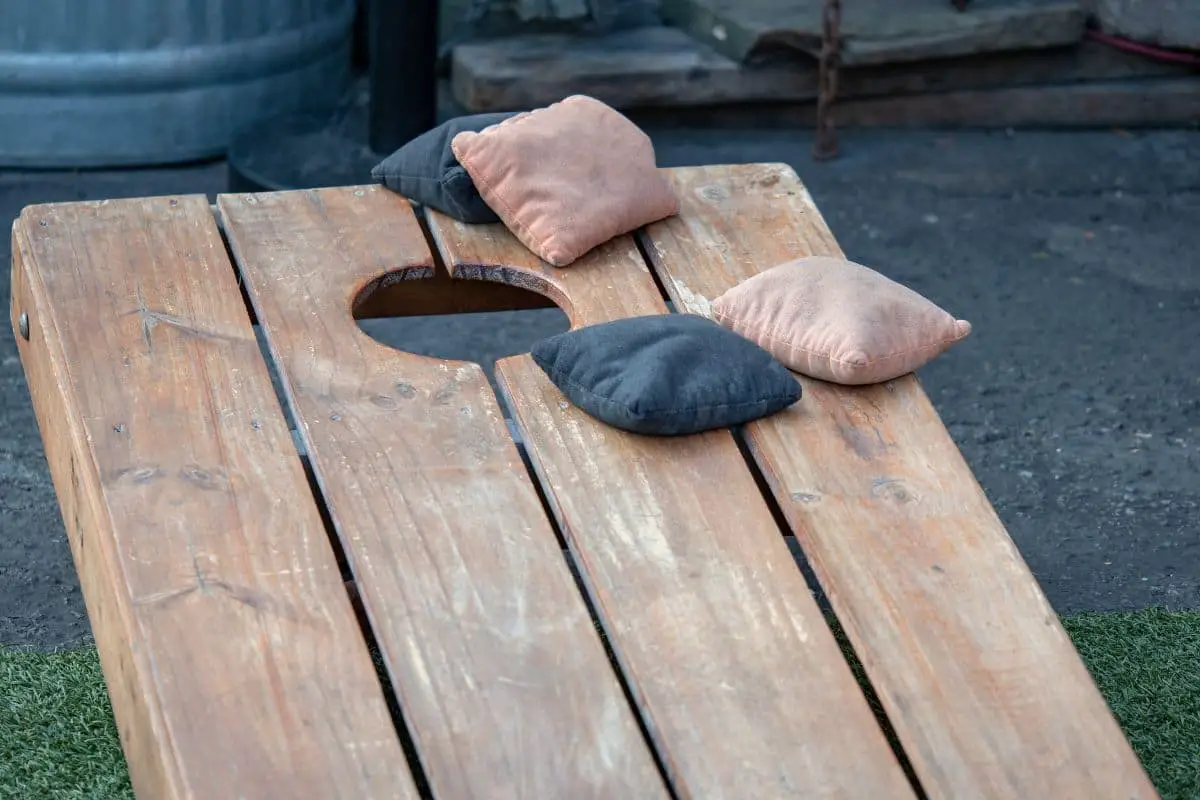
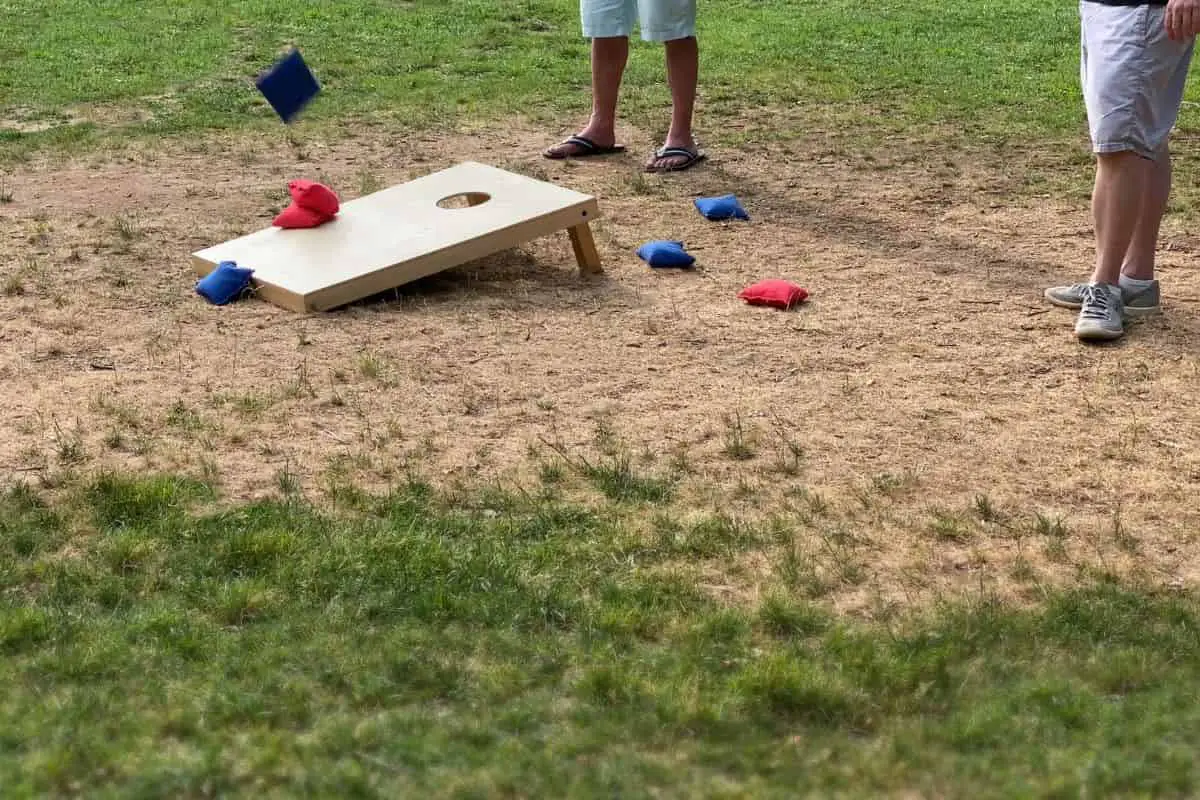
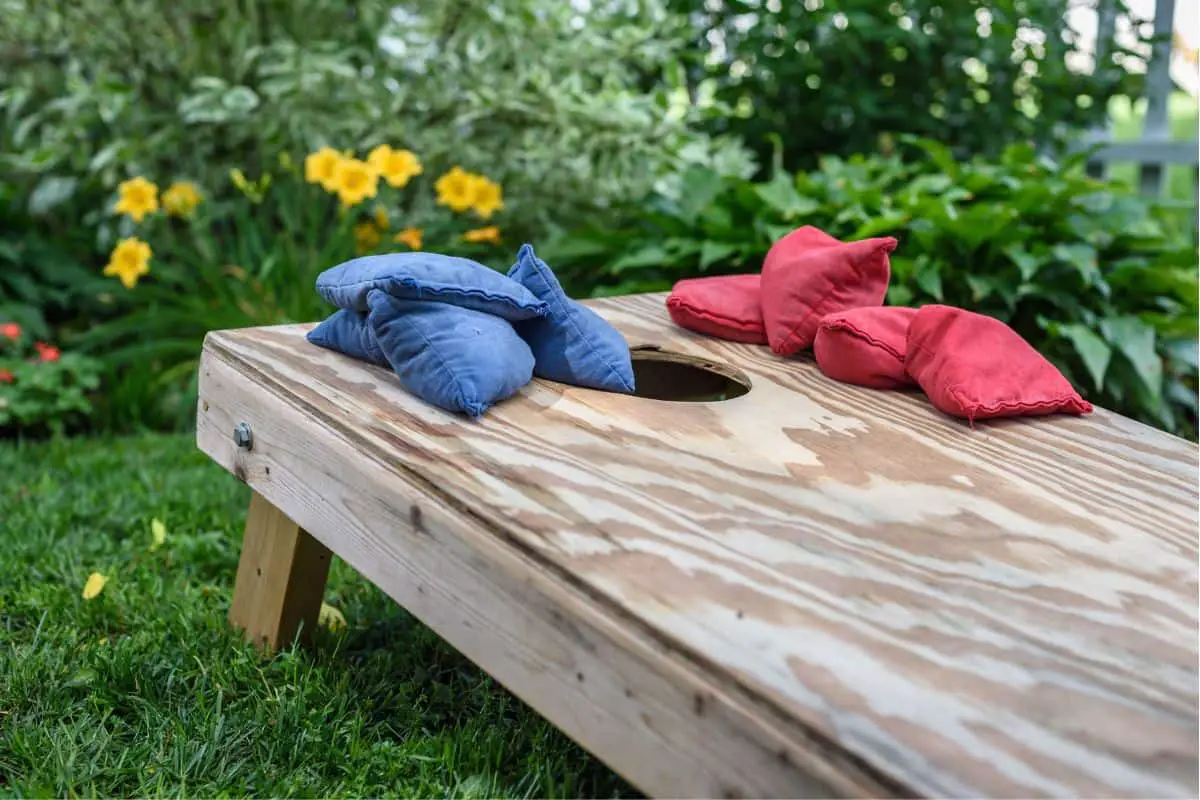
Leave a Reply
You must be logged in to post a comment.